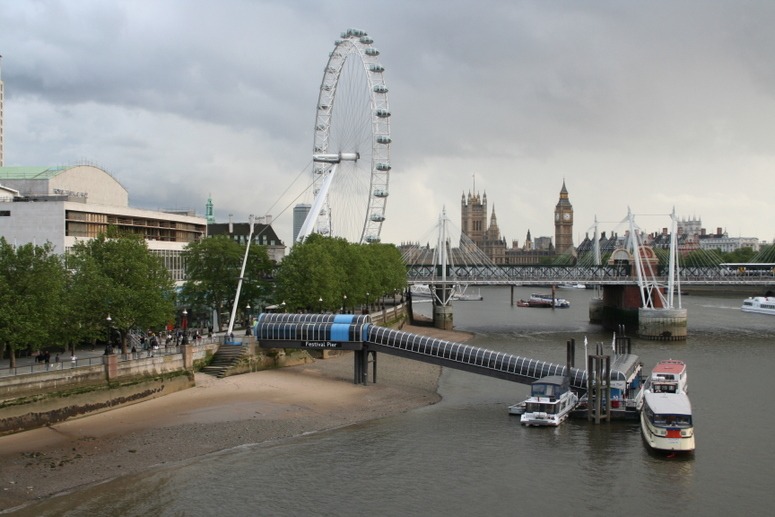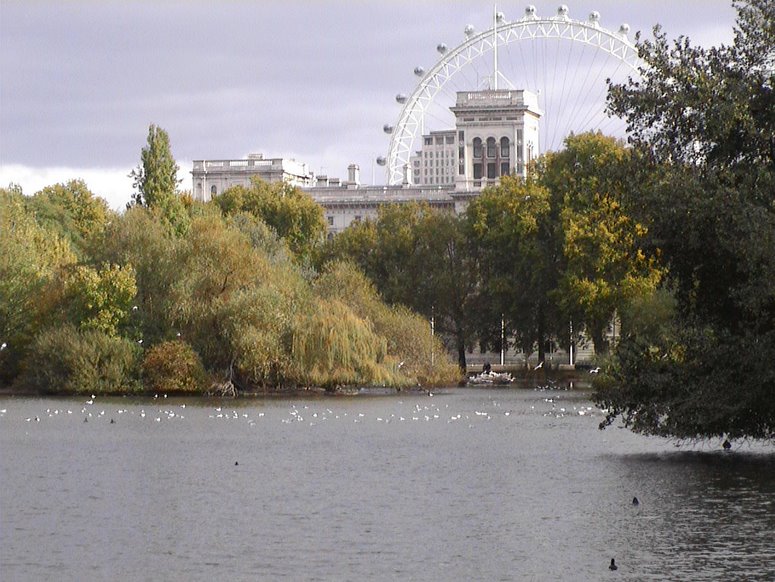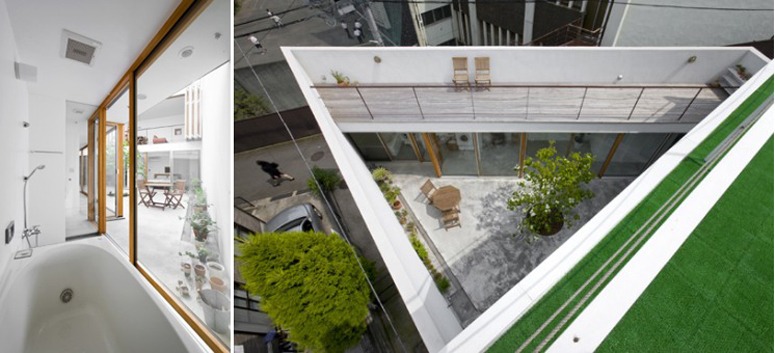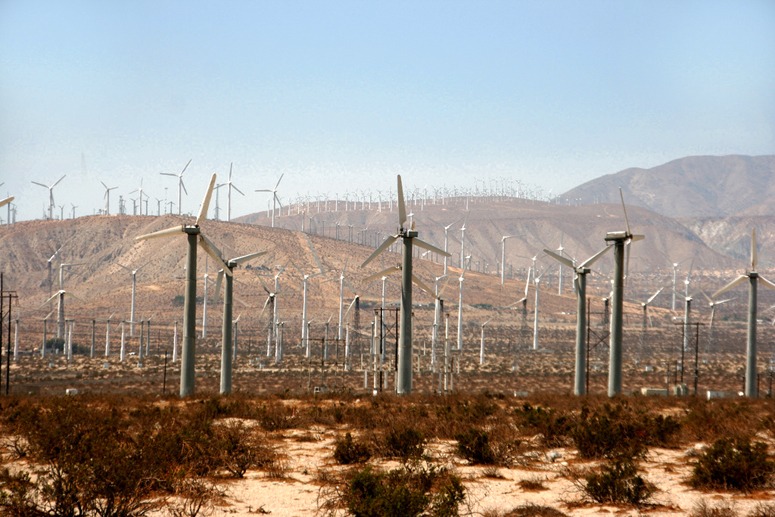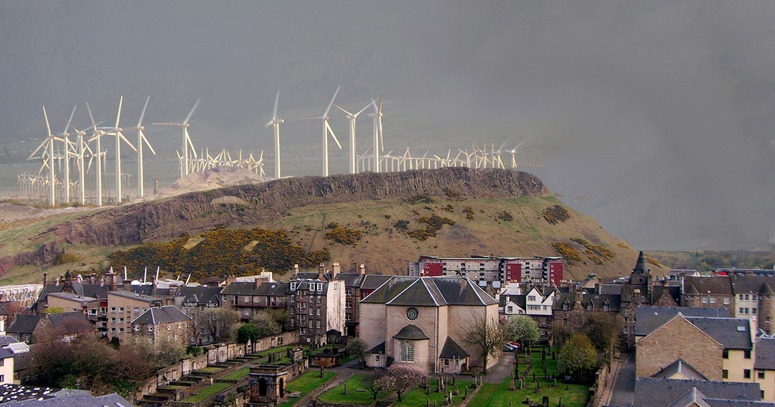Dorothy Frances Gurney wrote that “One is nearer God’s heart in a garden/Than anywhere else on earth.” Her father and husband were Anglican priests – so some might read this as her criticism of male egotism! Or one might think that the Miserere sung in Europe’s most perfect building (I would give this award to King’s College Chapel) takes you closer to ‘God’s heart’. The Vatican kept the music private for centuries. Mozart went there, memorized the score, went home and wrote it down.
Christianiaty has a chequered relationship with art and gardens. Gardens are celebrated in the Song of Solomon and the Garden of Eden story (see blog post) but the Christians felled sacred trees throughout Europe and have never given gardens the support they have had in Buddhism and Islam. Last time I saw the garden of Lambeth Palace (London home of the head of the Church of England) it was an utter disgrace – and most Church of England cloister garths are badly or inappropriately managed. Anglican Christianity is losing support for a host of reasons but Christian music is entirely holding its own – always making the case for a simple, idealistic and joyful approach to the world. The drive for perfect simplicity + imaginative creativity, as seen in Kings College Chapel, may be connected to Bill Gates’ obsevation that he liked Cambridge because it had won more Nobel prizes than the rest of Europe put together.
My own view, as a ninth generation skeptic, is that while there is something utterly wonderful about Christianity, it is in urgent need of renewal ( perhaps a ‘New New’ Testment). So I wonder what garden designers can contribute to the architecture of a new landscape.
We have had apologies for the Crusades and the Inquisition. Please can we now have a full and frank apology for the felling of Sacred Trees – and then a quest to produce a contextual design as perfect as the singing of the Miserere in King’s College Chapel. This is my Christmas and New Year wish for 2010, made on the day after the pagan New Year (21 December) and therefore a day of hope for the return of warmth, sunshine and flowers. London is having a cold, wet and slushy end to a year of economic turmoil.
PS A different musical response to the nature of the world, kindly drawn to my attention by a Chinese landscape architect, can he heard in the beautiful Yuzhou Changwan (‘Singing at night on fishing boat’):
PPS If the two pieces of music are run similtaneously the result is curious East-West mashup.

